Priapic Architectural Tissues: TOM BURR in Conversation with PIERRE-ALEXANDRE MATEOS and CHARLES TEYSSOU
TOM BURR’s exhibition “Compressions” at Galerie Neu is an undated postcard from America. It collides the iconography of Ronald Reagan’s powdered face with collages of the queer punk pope, Charles Atlas, spatially embedded in a cross shaped architectural structure. PIERRE-ALEXANDRE MATEOS and CHARLES TEYSSOU first started their curatorial exchange in 2018, collaborating on the project “Cruising Pavilion,” a series of exhibitions on architectures invented by dissident sexualities, realized with Rasmus Myrup and Octave Perrault. Since the 1990s, Tom Burr has been similarly investigating liminal spaces occupied by queer people. Using the tools of Minimalist and Post-Minimalist art, Burr reinterpreted, among others, Richard Serra’s priapic steel sculpture as a nomadic and melancholic structure and employed Robert Smithson’s thinking on counter architecture to speak about gay public sex as a form of landscape design. In this conversation, hosted at Galerie Neu on the occasion of the opening of “Compressions,” Mateos and Teyssou talk to Burr about the politics of fetishism, excrement as an anti-civilizational trigger, and Burr’s longtime obsession with Jim Morrison.
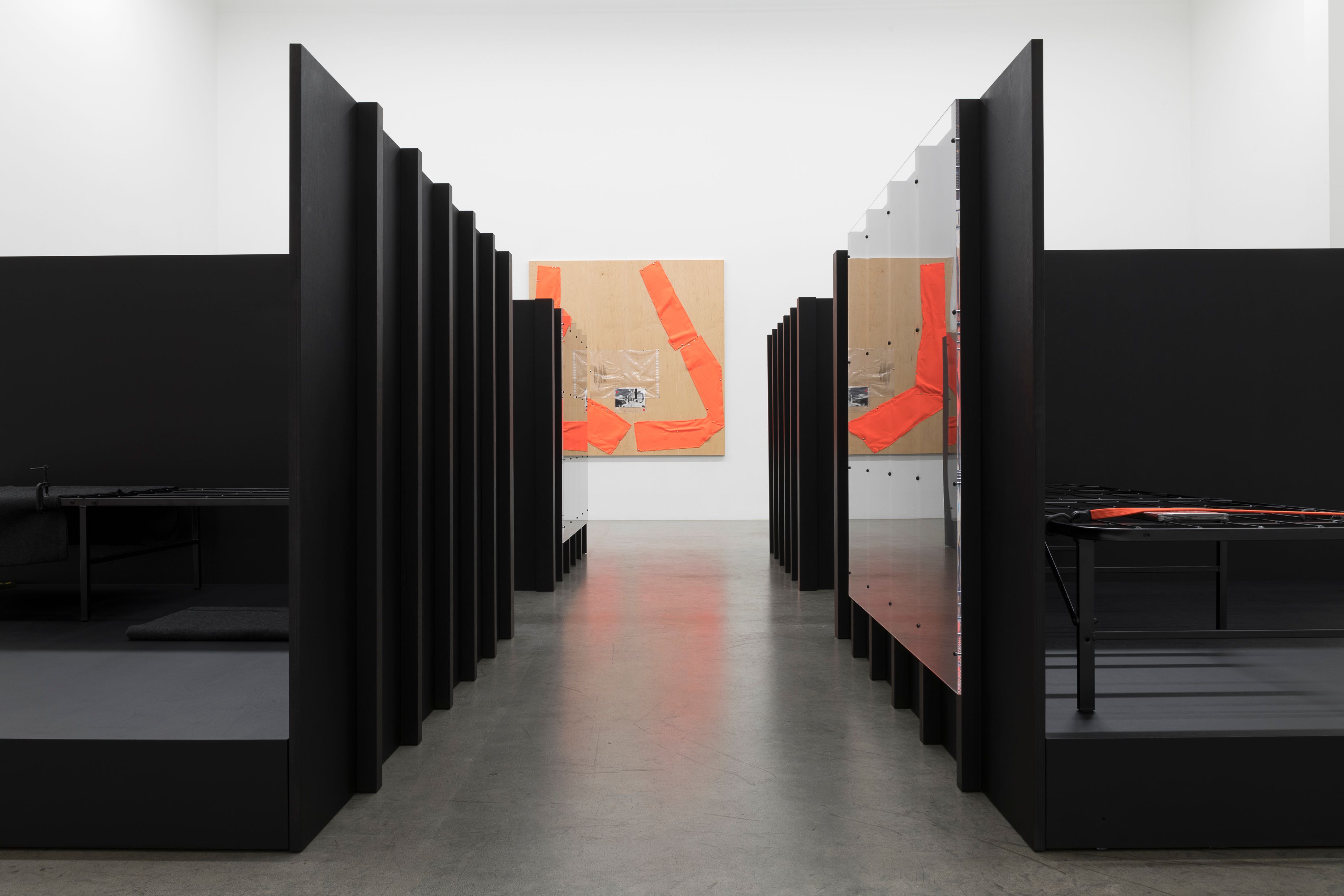
PIERRE-ALEXANDRE MATEOS and CHARLES TEYSSOU: The first work we see in the show, Atlas I, forms a triptych with Atlas II and Atlas III. Could you tell us more about these works?
TOM BURR: They are one component of the exhibition “Compressions,” which shows an array of new work that is not intended to function as a single installation, but a constellation of distinct works that are meant to be seen in tandem. The “Atlas” series, for example, is a direct reference to Charles Atlas, an American artist born in 1949. I think of him as a hinge figure. It’s impossible to talk about Robert Rauschenberg, for instance, without talking about Charles Atlas, or about Yvonne Rainer without mentioning Atlas. It’s the idea of an artist who is embedded into a connective tissue and is therefore only seen in the context of other artists.
PAM and CT: The “Atlas” series is a collision of dissimilar elements on a wood board. Two specific elements that fall into this notion are the fluorescent orange fabric and the pin tacks, which are affixed on each of the works.
TB: There are many multi-pronged impulses that make up the series. I was intrigued by using the color orange, so I backed into finding the reason why I should use it. A very early series of mine in which I utilized the color orange, Eight Orange Boxes (1989), was exhibited here at Neu in the group show “Divine” in 2021. I liked the way the orange appeared and wanted to do it again. So, orange was the theme, the kernel, for this work. Then I started to think about Charles Atlas, because he codified himself with this color. He has often used the color in his clothing, for his sideburns, and hair. Yet to my knowledge there isn’t anything written about this aspect, which I perceived as a signaling alarm or decoy. I wanted to dig further into the layers of that meaning.



PAM and CT: The triptych on Charles Atlas forms a fragmentary portrait that could be ascribed to a wider array of works, such as your series including “Compressions,” “Bulletin Boards,” and “Hinged Figures,” in which you allude to certain figures or spaces by colliding various elements. You made a collage on Kenneth Anger in Black Bulletin Board (1998), for example. Are you specifically interested in alternative modes of representing and historicizing queer figures?
TB: My very first bulletin board work was derived from the excess of my sculptural works. They became a mood board that was an accumulation of material and elements I was thinking about while making the sculptures, which spilled out beyond the boundaries of what I was specifically focused on. It is never about a single figure for me. I did one on Kenneth Anger, as you said, but this board also included the figure and work of Tony Smith. I wanted two or more things to coexist — disparate things and moments that don’t necessarily seem like they sit comfortably together. I wouldn't say it’s a juxtaposition but co-existence. Sometimes I work with prominent or queer figures but not exclusively. I like to make it more complicated than that.
PAM and CT: These series of works seem to exist on a fetishistic level. They are overlaps of portraits, fabrics, and pictures of architectural spaces that all tease out a haptic eroticism by explicitly emphasizing materials such as concrete, leather, and skin. Why are you interested in this fetishistic aspect?
TB: It plays into the idea of the portraiture and the use of fragmentary elements to never end up with a cohesive whole or coherent picture. This is one aspect of how fetishism functions I think: the isolation of the fragmentary, of the incomplete. I’m not trying to make totalizing cases. In Atlas II and Atlas III, I decided to negate the eyes at a certain point, I blocked out the actual eyes on the photographs of Charles Atlas. I wanted to avert the gaze, so your eye doesn’t anchor there but instead shifts around. With these works, I’m trying to create movement. The color orange draws you in, there is a signaling, an alertness. That may be an easy and obvious way to approach it — a way in — but subsequently you get lost in other aspects surrounding the work. For example, how much empty space there is or what role the distinct layers play.


TB: The large sculptural installation CONFIGURATION (NEXT) GENERATION (2022) in the gallery’s main room has a retrospective glance built into it. It references earlier works of mine which were concerned with Minimalism and Post-Minimalism and figures including Robert Morris and Robert Smithson, among others. I wanted to do something that relates to the arc of my own work and simultaneously talk about these ideas of space, privacy, and desire in an inverted state — inverted from my thinking space 20 years ago. When I was dealing with the notion of interior space in the past, I was thinking of a bar or a club, for example, but also of more general gathering spaces, common spaces, or even public spaces. Thinking about these kinds of spaces today is rather a reflection on isolation, specifically isolation in public. “Isolation in public” — that phrase is key for me. It’s these political, technological, and psychic shifts that I wanted to pin down.
PAM and CT: We can see a narrative arc between the central installation, which deals with loneliness and reclusion, and other early exhibitions such as “42nd Street Structures” at American Fine Arts, Co., New York in 1995. For this show, you reproduced life-sized peep show booths typical of the pre-Disneyland family atmosphere of Times Square back then.
TB: What I'm interested in is talking about the notion of obsolescence — not something that's obsolete, but something that's on its way to becoming obsolete. For the show “42nd Street Structures” I made a series of works that were about building types within porn theatres and sex shops, so everything that Rudy Giuliani and the New York City government tried to shut down at that time. It was a long battle that preceded Giuliani by decades. When the show opened in 1995 this was actually happening in real time. That was the exact moment of these changes occurring. It didn't already happen, it wasn't about to happen, it was happening. This notion of obsolescence, what is on the edge of disappearing and slipping out of fashion, is the link to my interest in using the DVDs in the work — these strange objects that are still with us, still in circulation, but on the way out.
In CONFIGURATION (NEXT) GENERATION there are about three or four types of DVDs as well as magazines. One group comes out of hardcore right-wing positions, mostly but not exclusively American. Another group comes out of a spectrum of queer filmmaking from the last several decades, both underground and mainstream. Another group has to do with home security, self defense, and protectionism. I wanted these different realms to bump into one another and become mixed and overlapped. Putting a bed frame in a tight, partially enclosed situation with a blanket and a DVD already implies something. It suggests a certain kind of control and isolation, but also intimacy. I was then thinking about the way dream sequences can work, and how fragments function in dreams. I started piecing things together. What does Ronald Reagan have to do with the French queer actor Félix Maritaud? What does Salò have to do with Republicans? These are some of the questions I wanted to emanate from the work.


PAM and CT: You are very much interested in spaces and artistic forms that deconstruct the notion of a fixed and unitary self. Hence the palimpsest of conflicting references in CONFIGURATION (NEXT) GENERATION. Can this also be tied to your interest in cruising spaces such as The Ramble in Central Park, New York?
TB: The Ramble interested me specifically as a space, because it wasn't exclusively for gay cruising. It has a more complex demographic set of uses, one that included gay cruising for sure, but that cruising was intertwined with other publics. The designer of Central Park, Frederick Law Olmsted, designed it to be the most naturalistic part of the park. He only used indigenous plants, and yet the whole is a completely artificial construction. It's an interior space, which also attracts birdwatchers and nature seekers — not just cruisers. There are so many different networks and gazes coexisting there. The space implies multiple definitions of what public is, and what it is not.
I became interested in New York City parks when I was in art school. I started to think about them as a way to talk about gay subjectivities and public space. I was thinking through both the physical spaces and the cruising bodies themselves as sites with history. This led me to build on Smithson’s concept of site/non-site, as a way of getting at the dynamic of distances between these external “real world” sites and the space of reception where you would experience the work, in the gallery, for instance. This dynamic was useful to play with, allowing a sort of tether between exhibition locations and locations external to that. I started with a series of small-scale works on New York in general and then worked on models of the Ramble specifically. That turned to creating life-scale models of these park spaces, which confused the idea of actual space and physical and temporal space, while working through the histories of earthworks and land art.
PAM and CT: Cruising spaces are liminal sites in which many social, political, and existential dynamics are being disarticulated. The subversion of the toilet’s functionalist and hygienist logic by cruisers is an embodiment of that. It recalls Julia Kristeva’s thinking on the relationship between excrement or filth and identity in Powers of Horror: An Essay on Abjection (1982). In this she says: “The feeling of repulsion for shit is closely related to investments in the idea of whole and unfragmented identities because excrement and its equivalents (decay, infection, disease, corpse, etc.) stand for the danger to identity that comes from without: the ego threatened by the non-ego, society threatened by its outside, life by death.”
TB: I like this quote. It brings to mind a group of projects I did about public toilets. For example, the photo series Unearthing the Public Restrooms (1994), which itself came out of a longer text piece I did, the subtitle of which was A history of an American building type. It inscribed the history of the toilets from the 1870s through the 1970s, weaving together found texts that highlighted the many issues of hygiene, class, and privacy. All issues concerning the site of the bathroom or public restroom eventually lead to an overlapping of sexuality, homosexuality, surveillance, and control. That part interested me as well, the creation of an over determined site where many forces collide, and power dynamics are lodged. There are high stakes; with bodies being at their most vulnerable.


TB: I enjoy the connection between those earlier works and explorations. What is happening in CONFIGURATION (NEXT) GENERATION, pointing to this very current moment of inversion or internalization, is that surveillance has become self-surveillance. We self-isolate, self-monitor, and self-regulate, almost as if we’ve ingested and absorbed the forces of power that circulate around us. I like the uneasy tensions of multiple voices colliding. It seems to acknowledge that certain voices and positions matter socially and politically. Even from within these claustrophobic containers, there are effects that resonate.
Containment and the notion of domestic conditions are interesting to me. I've done work around the idea of the domesticated body and bodies that are controlled, trained, and subsequently domesticated, whether that be dogs, horses, or humans.
I did a body of work that dealt with horses and horse tack. In an exhibition at Galerie Nagel in Cologne called “The Stalls,” specific horse tack was arranged into configurations, hanging down from the gallery’s walls, installed as sculptural works. People were convinced that this wasn't horse tack, but that I had used human fetish gear. Another exhibition “Dressage,” presented at Art Basel Parcours, created a similar dynamic. Here I used larger physical structures derived from horse training. They felt uncannily as if made for human bodies, simply because of the context they were presented in and due to the viewers’ expectations. But this is what I wanted to induce with this work. Receiving the work as a fetish object is your projection and fantasy, not mine. It engages the viewer as active body, holding up a mirror to people's expectations and desires of what I’m performing.
PAM and CT: Speaking of projections, we could also discuss your Room Four exhibited permanently outside of Galerie Neu. It’s a reference to Jim Morrison but is very much a space that is open to interpretation.
TB: There's a large, dark bronze with a room-like structure in the gallery’s courtyard called Room Four. I made this work for Basel Unlimited. Jim Morrison has been a figure for me since I was young. He embodied a certain sexuality — as it comes up against constraints, or in fact is perhaps created by those constraints — that I wanted to explore. Room Four refers to a room in a low-end hotel near the Sorbonne in Paris. Morrison had an affair there during the last year of his life. There is also another hotel room, where he died in, which is much more famous. The particular room I used was much less sensational, much less well known. I made the work just as the hotel was being renovated. I was able to construct elements of the room and its furnishings based on a huge amount of internet postings, images, and videos by Morrison’s many rabid fans. The room was incredibly over documented, which allowed a fairly faithful depiction of particular features of the room. The bronze material itself played with these issues of permanence and impermanence, obsolescence, and locating desire as well as trapping it.


PAM and CT: There is one last project of yours that we did not speak about: the Torrington Project.
TB: I’m an artist who sometimes feels the need or the desire to work within studio spaces and sometimes not. I can work on a table like this, for example, and be incredibly nomadic, moving what I do from place to place. I wanted to think about that, as an issue, as a dynamic, as material for an ongoing project.
I had been thinking about having a space as some sort of archival project for some time, where I'd be looking at some of my older work, getting some of my work back from galleries, and rebuilding works that have been dismantled or destroyed. This is the most straightforward way of describing the Torrington Project. I wanted to create a space that prompts me to want to make work. It’s about inspiration. Being around my work is an incredible luxury for me, because I typically leave my work after it was made with other people and places, sometimes in collections, sometimes in warehouses. In the Torrington Project, I’ve tried to form the notion of a studio as a subject, denaturalizing it and thinking about it as not a neutral place but something like a filter. A place that is not just an import-export space, but a place that is a matrix of a lot of forces. I make new work in the space, such as the work in this exhibition. In that way, it functions as you might expect a studio to do, but it exceeds that also. It is a place where spatial and temporal shifts and re-shifts can occur. Works come there to be reconsidered, possibly reworked. It’s significant that this is a temporary project, lasting a few years, with a beginning, middle, and end. It frames a very specific period of time in my life and work.
Credits
- Interviewer: PIERRE-ALEXANDRE MATEOS
- Interviewer: CHARLES TEYSSOU
Related Content
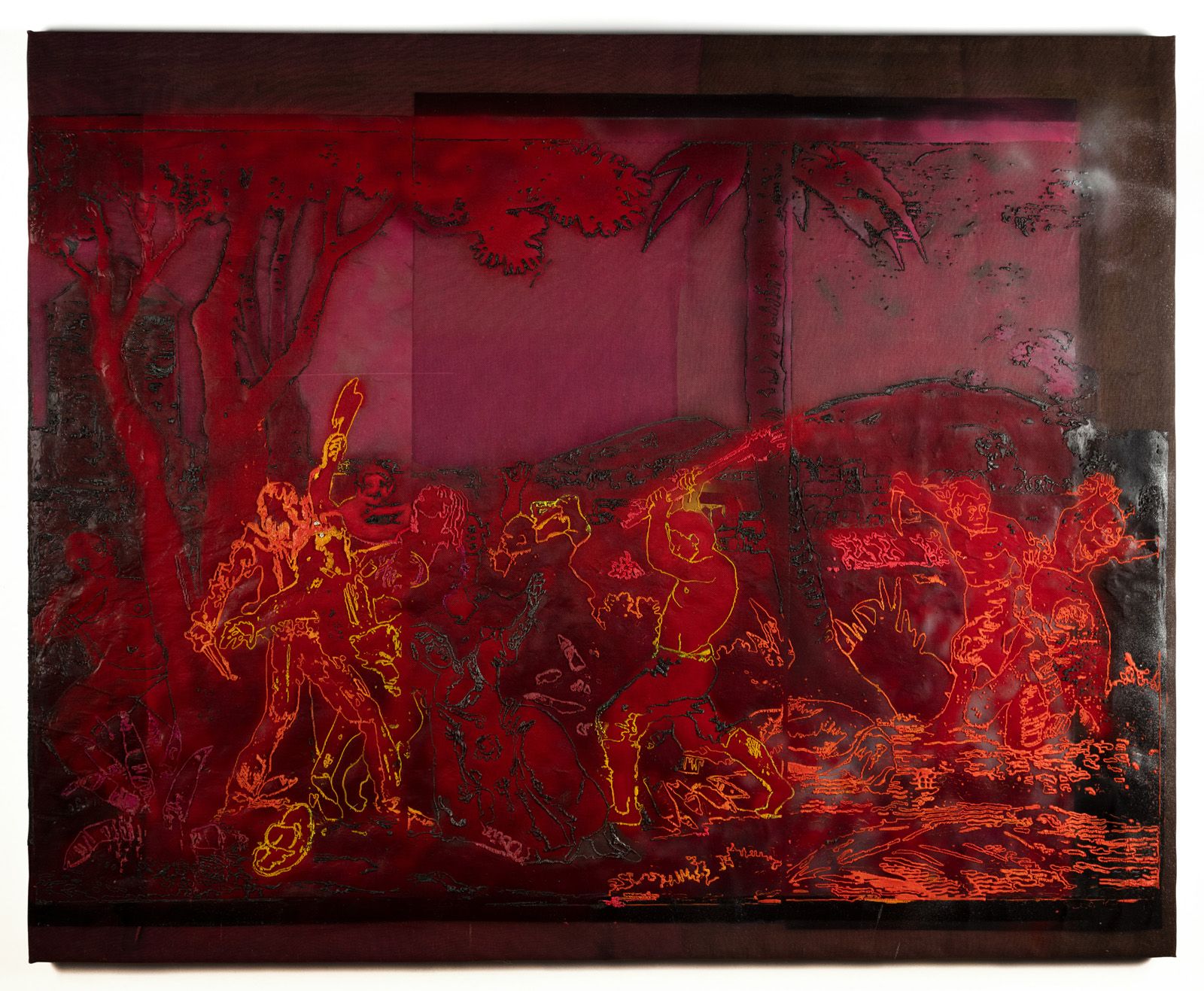
SMASHED COLLARBONES: Berlin Art Week 2022
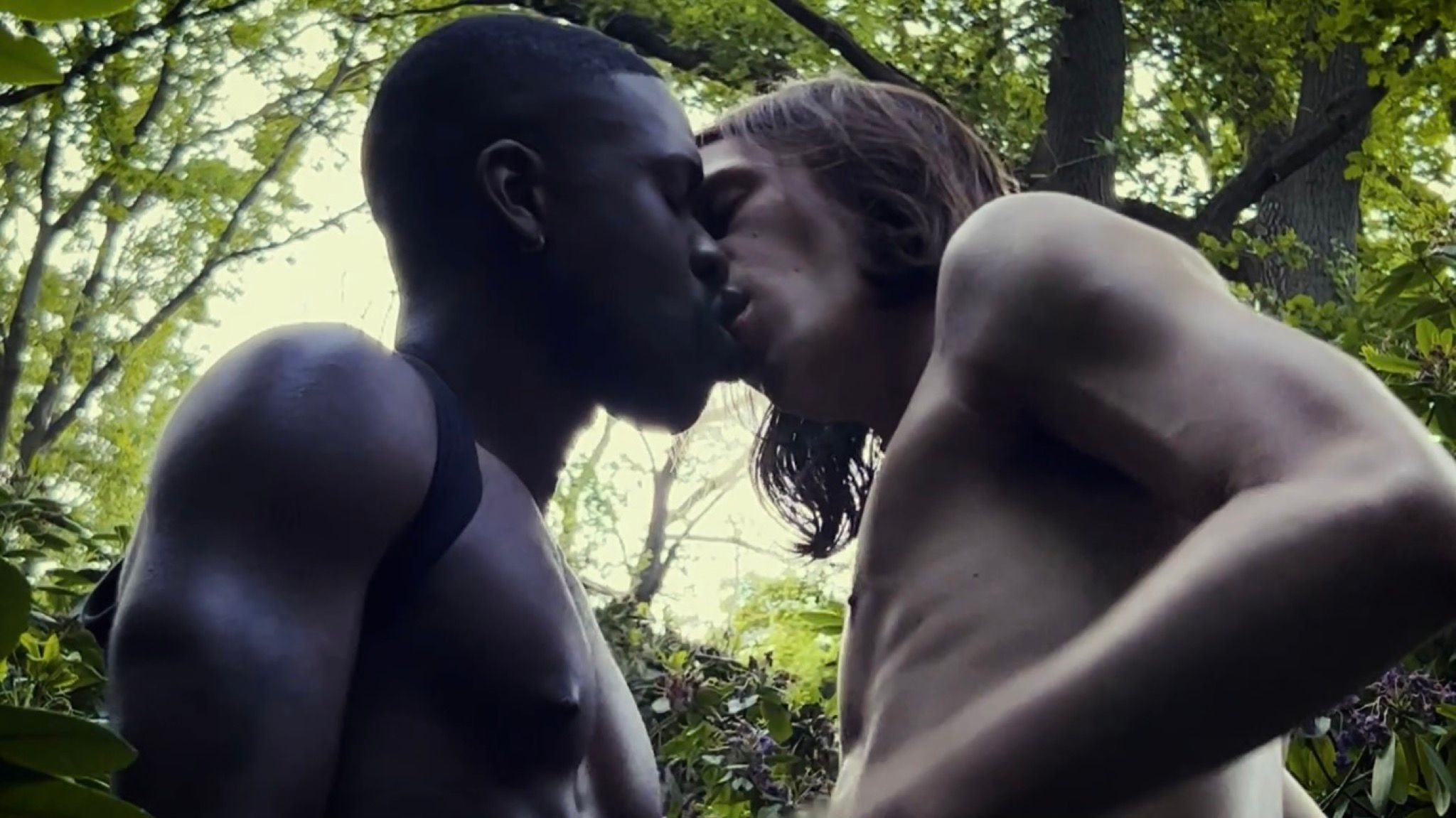
Cruise Centennial: MATT LAMBERT x LUDOVIC DE SAINT SERNIN for Pornhub
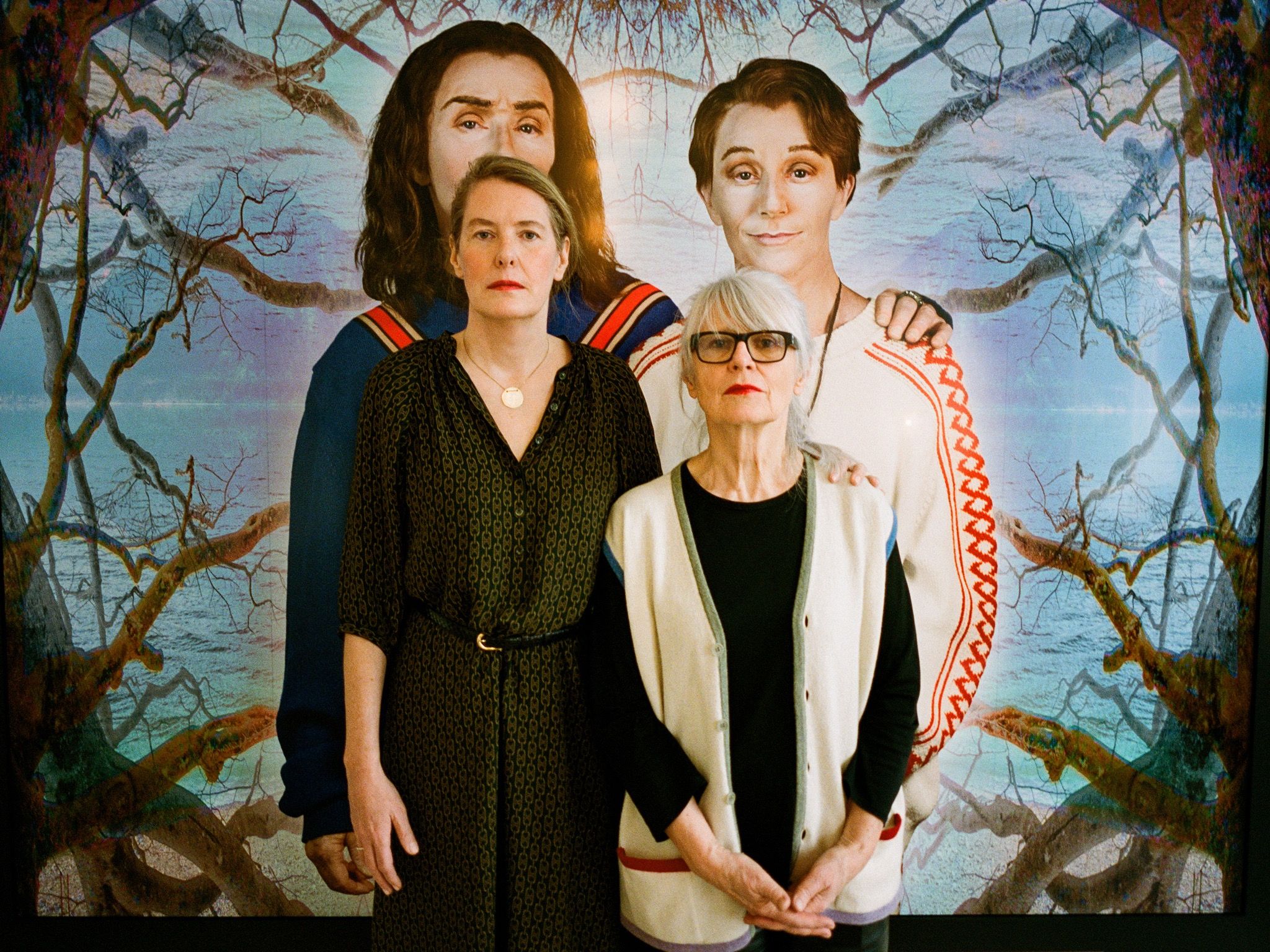
SPRÜTH MAGERS: The Art Gallery and the World
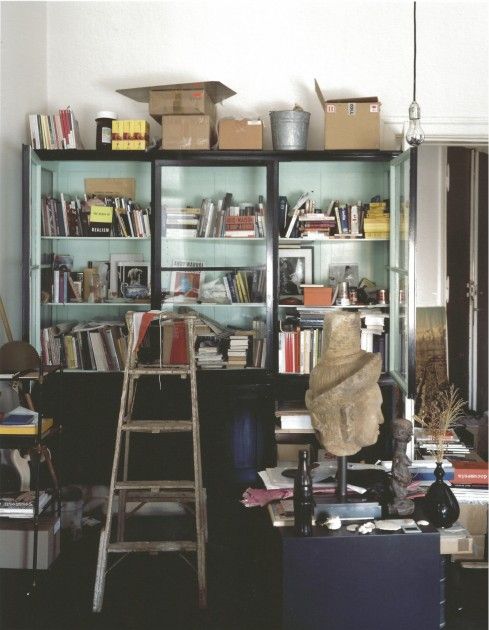
“Archive” by Alexander Schröder
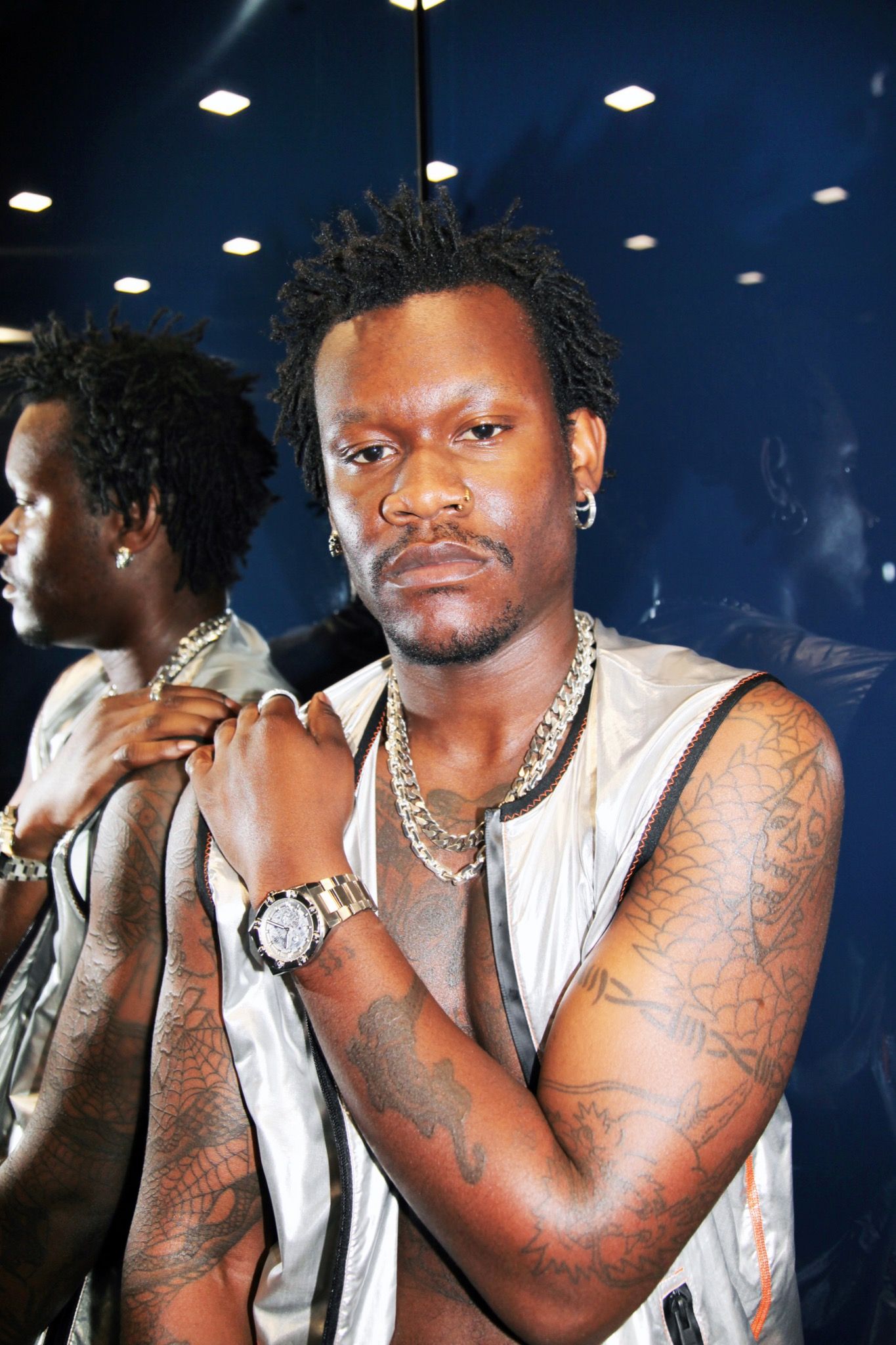
The Birth of SABOTEUR’s Mystical Minimalism
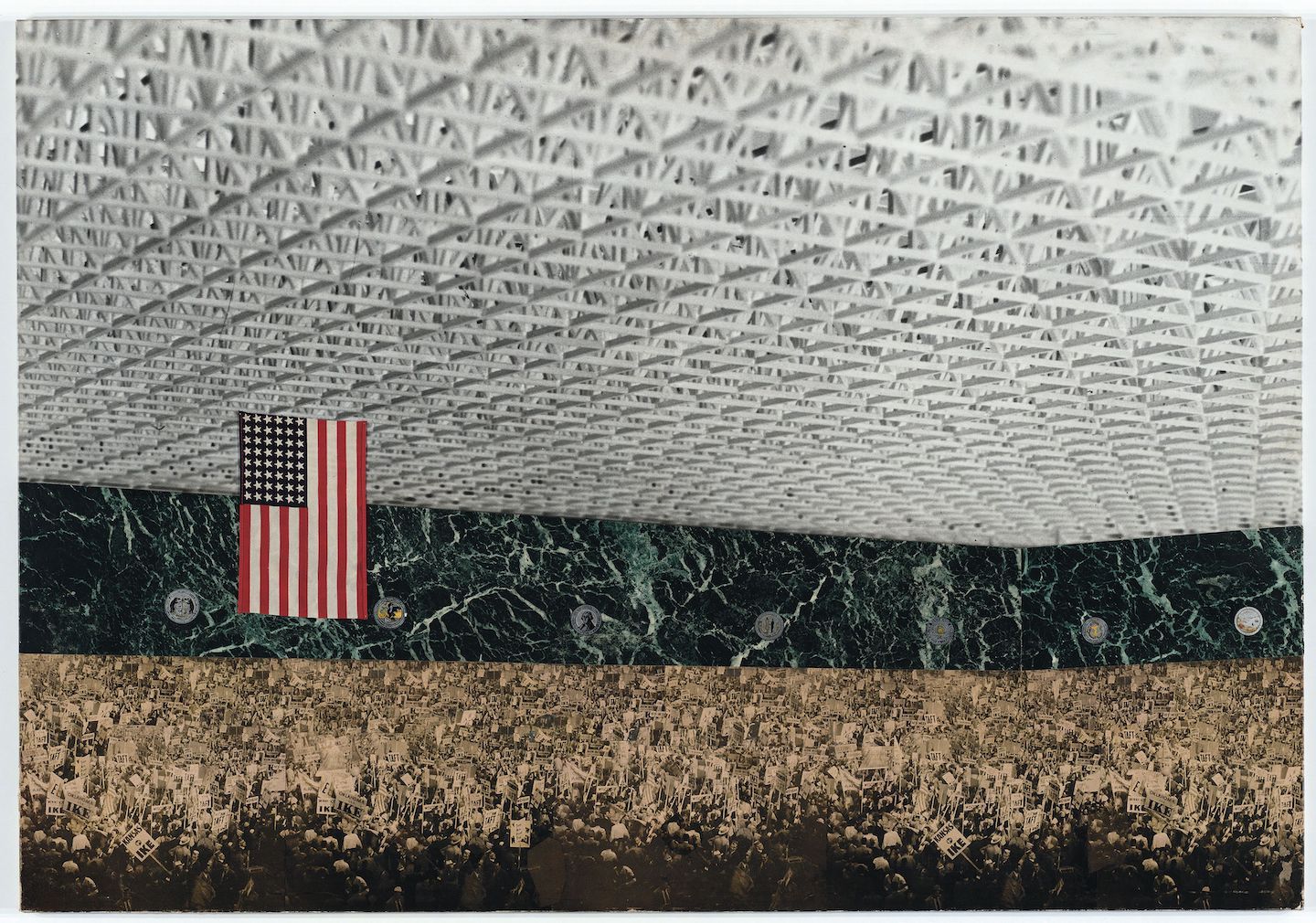
MIES VAN DER ROHE’s Collages and Minimalism’s Penchant for Chaos
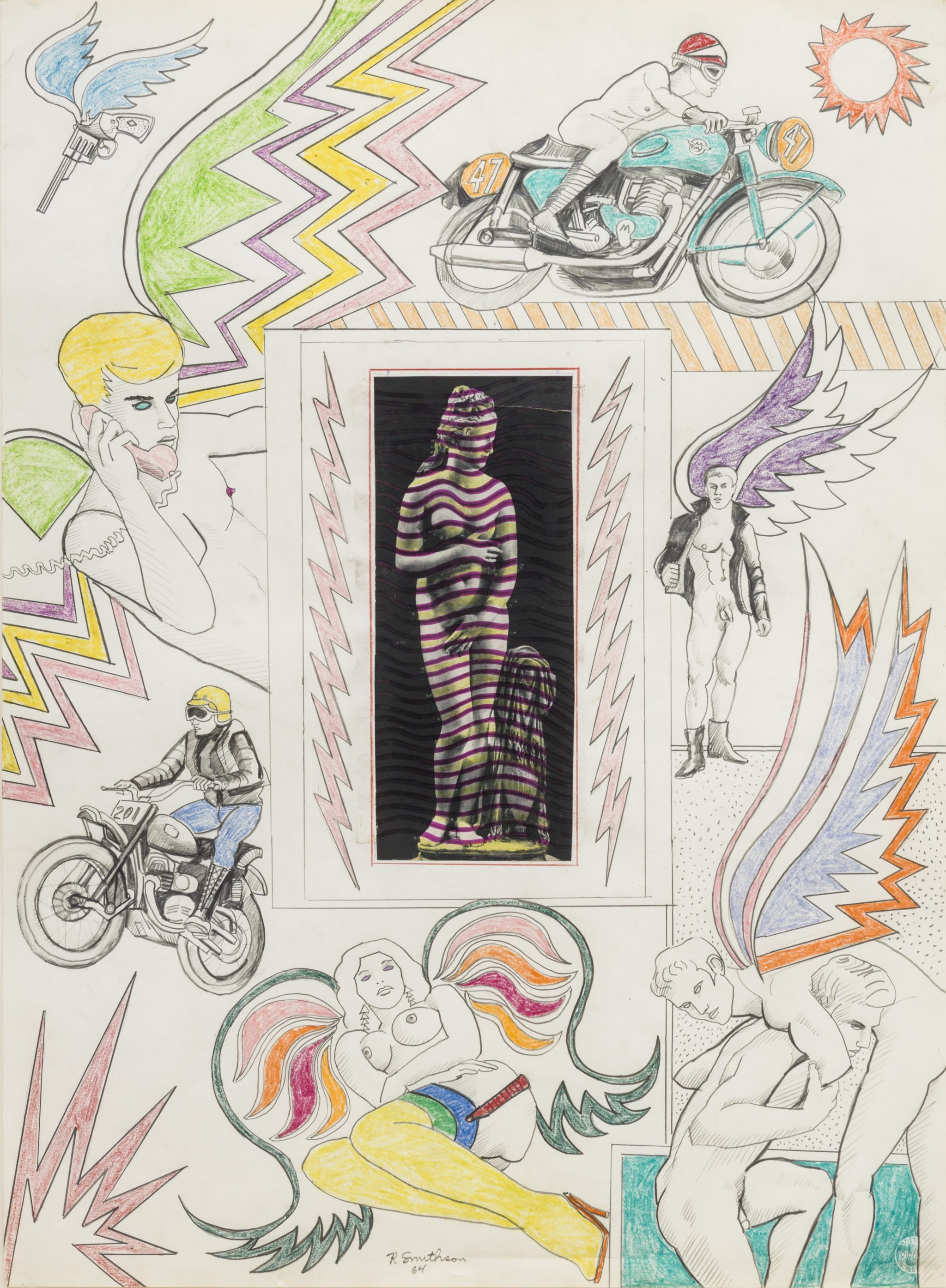
ROBERT SMITHSON is the Missing Link between MINIMALISM and PSYCHEDELIA
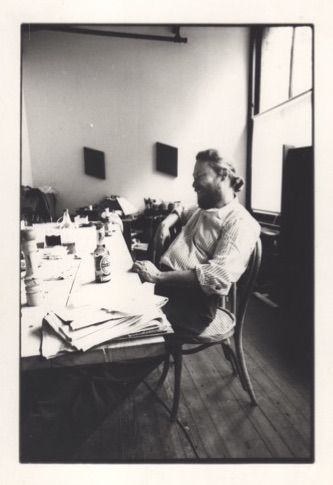
DONALD JUDD writings: Eight Transmissions from the Grumpy Ur-Minimalist
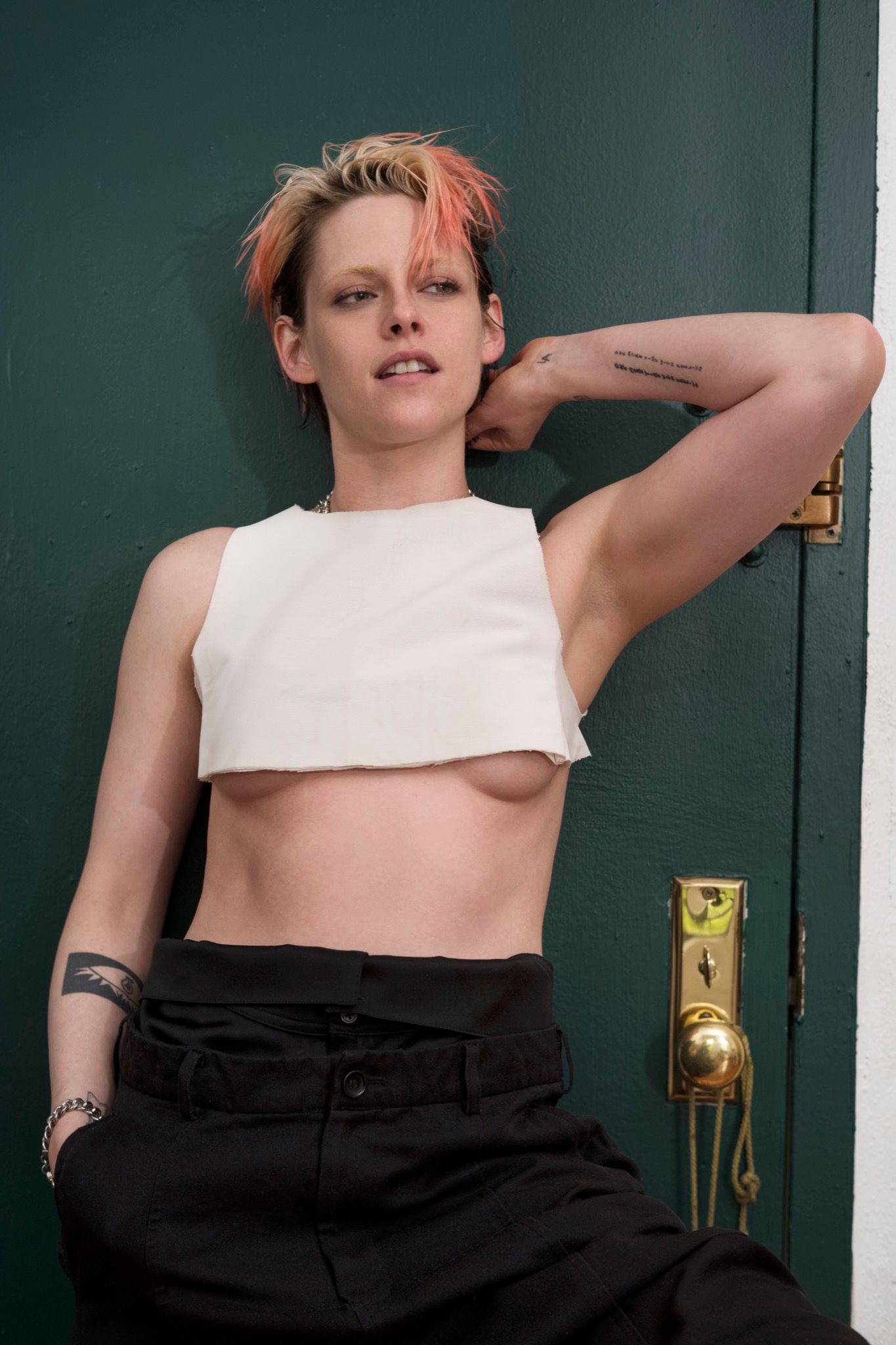
KRISTEN STEWART Fanzine
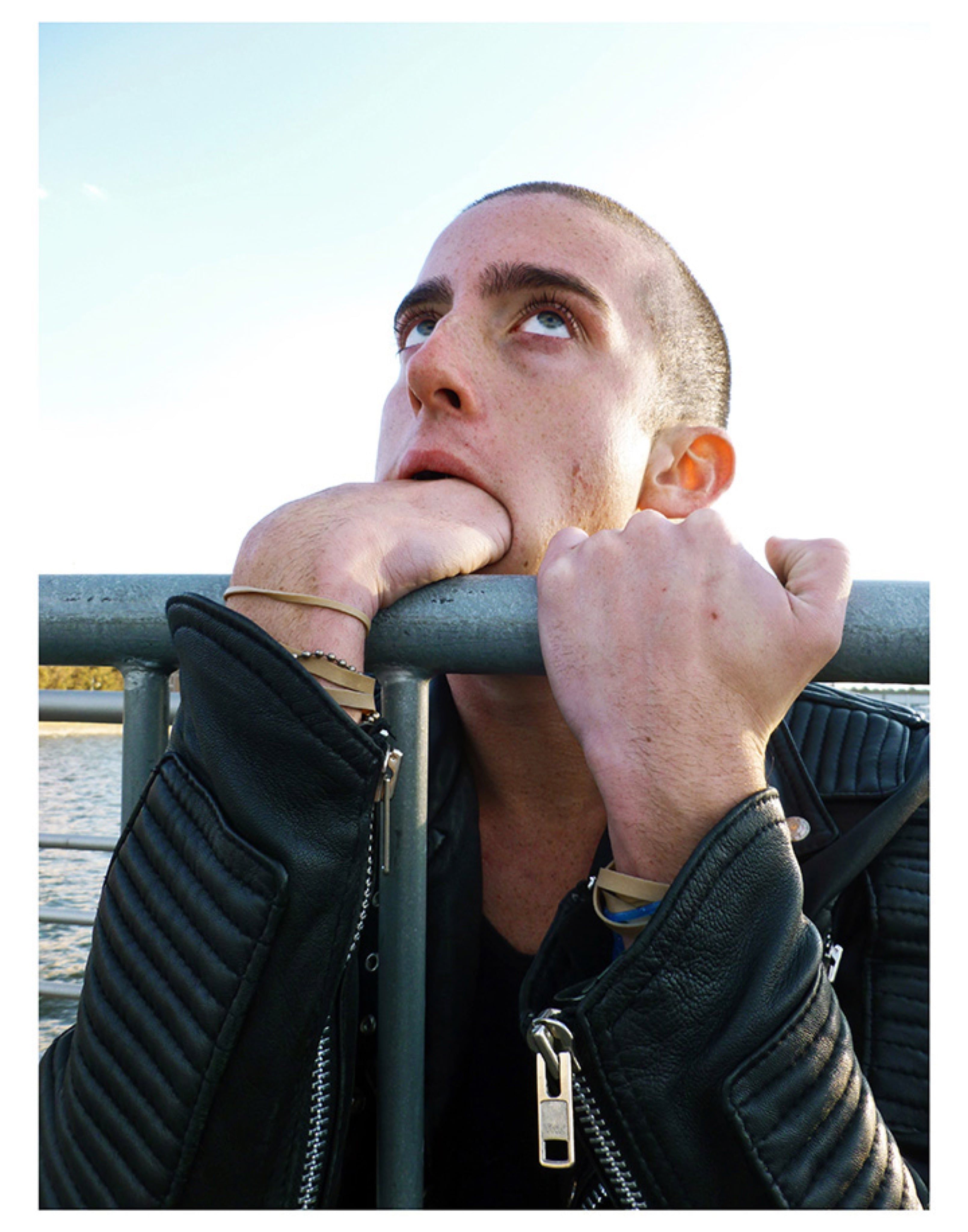
“LIKE A QUEER INSURGENT”: Slava Mogutin’s XXX Files